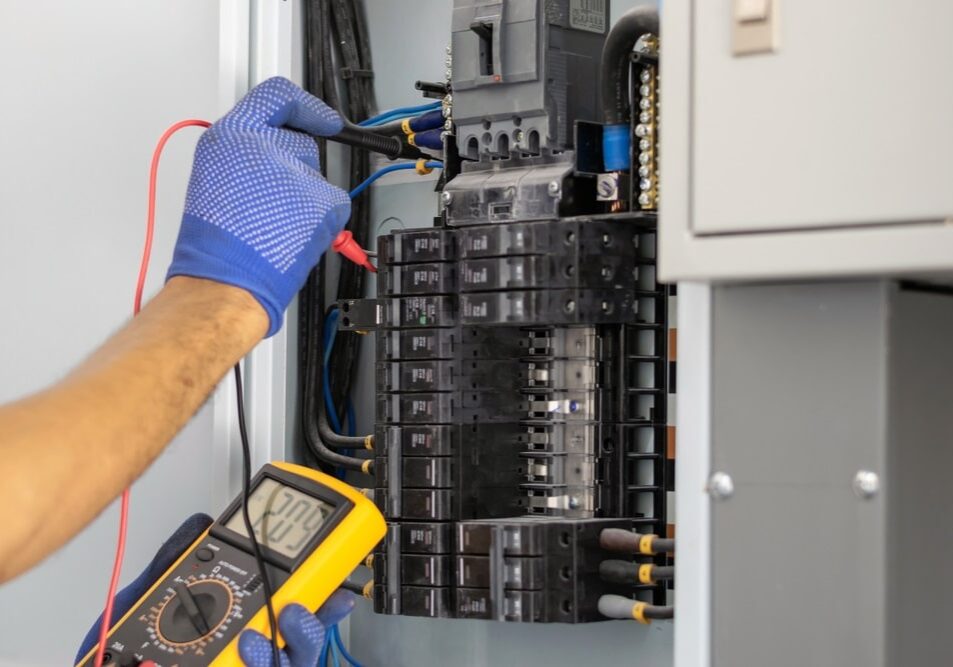Was your home built before the 1990s? There’s a chance that you may have unsafe electrical panels or boxes hiding inside of your home. And, although these fixtures may not look as pretty as their modern counterparts, they could be adding unwanted risk for your home and family. In this article, we will look at 4 unsafe electrical panels that are commonly seen and you should consider replacing if they are found inside of your home.
Federal Pacific Electric Panels (FPE)
Between the 1950s and 1980s, Federal Pacific Electric was considered one of the most trusted and popular electrical panel manufacturers in the United States. In fact, many of these panels were installed in millions of homes and still are there today. Often, this type of electric panel will have Federal Pacific Electric written on the cover of the breaker box. Inside, you may also find the name Stab-Loc as the brand of circuit breakers.
These electrical panels are now extremely unsafe and will often fail to trip when they should. This problem has caused thousands of fires across the United States and can still send power while in the off position to create a risk of electrocution during maintenance. If you find this panel in your home, work with a professional to replace it with more modern technology.
Split-Bus Electrical Panels
Modern circuit breakers feature a single metal bus that allows electricity to pass through the main breaker and into the bus. This then connects to each individual circuit breaker to provide power throughout a home. However, a split-bus electrical panel has 2 buses and lacks a disconnect for the main. Instead, they will often have up to 6 different breakers that are labeled as a “main”.
While split-bus electrical panels aren’t inherently unsafe, they are dated technology that hasn’t been used in over 40 years. This means that they are well beyond their projected lifespan and the circuit breakers may not trip properly when needed. Furthermore, new changes to electrical code no longer allow multiple disconnects to exist.

Zinsco Panels
Also known as GTE-Sylvania panels, Zinsco were popular electrical panels during the 1970s. While the company is now defunct, their panels are still found in many homes across the United States. Like the FPE panel, they can be identified by the Zinsco name on the panel itself. However, not all are considered dangerous and an inspection from a licensed electrician is typically best for continued use.
The common problem with this type of electrical panel is that the circuit breakers will often melt to the main bus bar. Once this happens, the breakers are unable to trip even during an overload or short. If left alone, this will melt fires during a power surge and begin fires around your home. However, this issue is most common with specific models.
Fuse Boxes
Fuse boxes are often used in older homes and feature a set of fuses on the electrical panel instead of circuit breakers. Once a circuit draws too much power, the fuse is designed to burn out to close the circuit and must be replaced. This is different than circuit breakers, which can just be reset once tripped. If you have a fuse box, you likely already know because you have changed the fuses in it before.
While fuse boxes aren’t dangerous on their own, modifications made to them by contractors or homeowners can make them unsafe. Most often the problems can be as simple as plugging in too many devices on a single circuit or replacing fuses with a penny or metal object and replacing the blown fuse with a larger amp.
